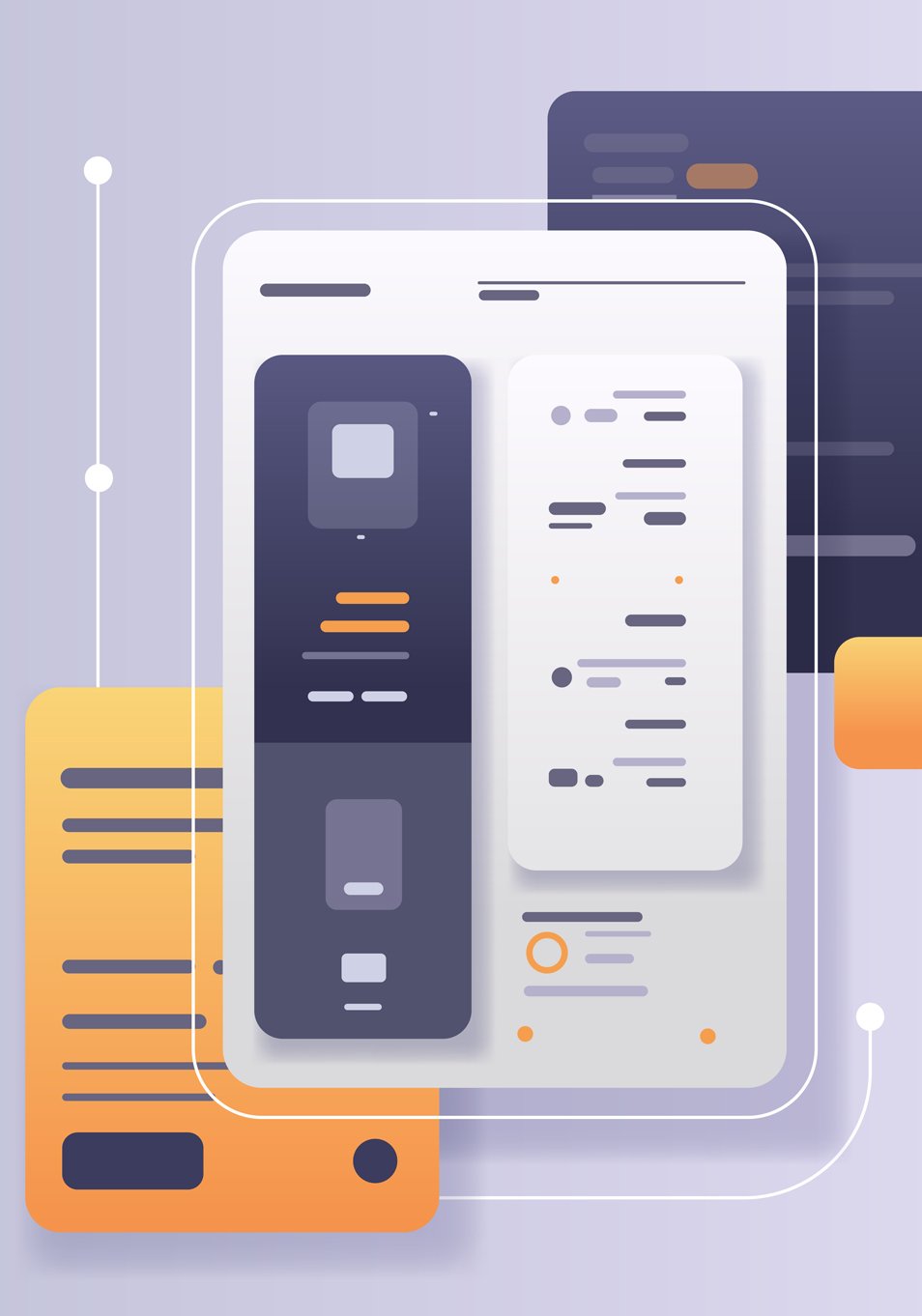Table of Contents
As mobile technology advances, businesses must choose the best approach to reach their audience effectively. Two popular options, Progressive Web Apps (PWAs) and Native Apps, offer distinct advantages. In this blog, we’ll compare PWAs and native apps, highlighting their benefits, drawbacks, and how to decide which one is right for your business.
What Are Progressive Web Apps (PWAs)?
Progressive Web Apps (PWAs) are web applications that deliver an app-like experience by leveraging modern web technologies. Accessible via browsers, PWAs don’t require a download from app stores but can still be added to a home screen.
Benefits of PWAs:
- Cross-Platform Compatibility: PWAs work across multiple devices and operating systems.
- Offline Access: Service workers allow PWAs to cache data, making them usable offline.
- Cost-Efficient: With a single codebase, PWAs reduce development time and cost.
- Fast Loading: PWAs load quickly, providing a smooth user experience.
What Are Native Apps?
Native apps are software applications developed for specific operating systems, such as iOS or Android. Users download native apps directly from app stores, providing a familiar experience with more advanced functionality.
Benefits of Native Apps:
- Optimized Performance: Built specifically for the platform, native apps deliver high performance and responsiveness.
- Hardware Access: Native apps utilize device hardware, allowing advanced features like GPS and cameras.
- Offline Functionality: Native apps work offline and can store more data locally than PWAs.
- Enhanced User Engagement: Push notifications and app store presence increase user interaction and engagement.

PWAs vs. Native Apps: Key Comparisons
| Feature | Progressive Web Apps (PWAs) | Native Apps |
|---|---|---|
| Platform | Runs on any browser | Platform-specific (iOS, Android) |
| Installation | No download required | Requires download from app store |
| Performance | Slightly lower than native | Optimized for the specific platform |
| Offline Capability | Limited through caching | Full offline access and data storage |
| Cost | Lower due to single codebase | Higher; separate code for each platform |
| Engagement | Limited push notifications | Full push notifications and hardware access |
Advantages of Choosing PWAs
- Budget-Friendly: PWAs are ideal for businesses with limited budgets. By using one codebase for all platforms, you can save time and development costs.
- SEO Benefits: Unlike native apps, PWAs are searchable and indexable by search engines, which can drive organic traffic.
- Instant Updates: Updates on PWAs are automatic, eliminating the need for users to download new versions.
- Reduced App Store Dependency: Since PWAs are accessed via a URL, they bypass app store requirements, allowing for faster deployment.
Advantages of Choosing Native Apps
- Superior Performance: Native apps are built for a specific platform, allowing for faster loading and smoother performance, essential for complex apps like gaming.
- Full Access to Device Features: Native apps utilize device hardware like cameras and GPS, providing a rich user experience.
- Offline Access: Native apps can store data locally, making them reliable even without an internet connection.
- Higher Engagement Rates: App store listings increase visibility and provide a level of trust, encouraging more downloads and user engagement.
Challenges of PWAs
While PWAs have several advantages, they also come with limitations:
- Device Compatibility: PWAs may not have full access to device features like Bluetooth, GPS, and camera.
- Browser Dependency: PWAs rely on browser support for advanced features, which varies across platforms.
- Limited App Store Presence: PWAs aren’t listed on traditional app stores, which can affect their visibility.
Challenges of Native Apps
Native apps, although feature-rich, also have challenges:
- Higher Development Costs: Building separate apps for iOS and Android requires time and resources.
- Manual Updates: Users need to download updates, which may result in outdated versions if updates are ignored.
- App Store Regulations: Native apps must meet app store guidelines, which can delay launches and increase compliance costs.
The Future: PWAs or Native Apps?
The decision between PWAs and native apps depends on your business goals and audience needs. PWAs are an excellent choice for companies prioritizing budget and fast development, as they offer cross-platform reach and reduced development costs. Native apps, on the other hand, remain ideal for businesses that need performance optimization, full hardware access, and higher user engagement through app store presence.
In 2024, as web technologies continue to evolve, PWAs will likely see increased adoption. However, native apps will remain crucial for applications that require robust functionality and high user engagement.
Conclusion
Choosing between Progressive Web Apps (PWAs) and Native Apps is a decision based on your goals, budget, and target users. Each option has unique benefits, from the budget-friendly nature of PWAs to the advanced features of native apps. As the mobile landscape continues to evolve, both PWAs and native apps will play significant roles in shaping the future of mobile development.



